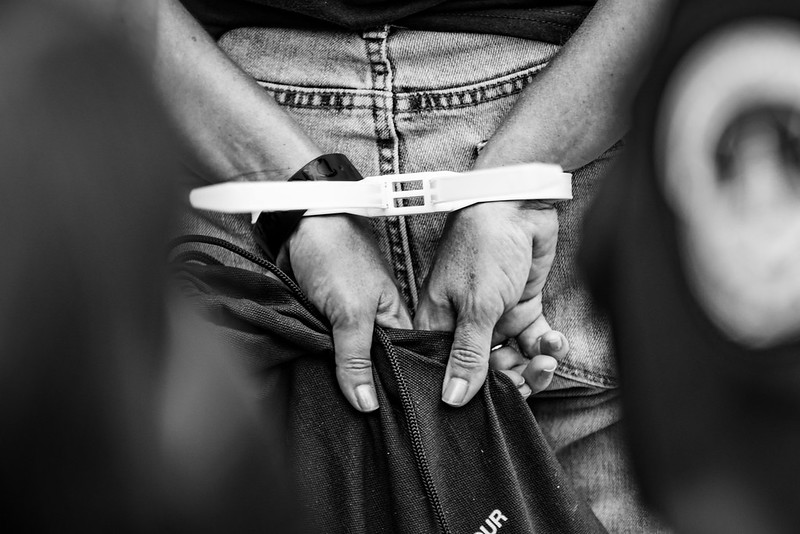
A new study conducted by the Pew Charitable Trust found that while jail spending has topped $25 billion – an increase of 13% between 2007 and 2017 – crime rates, jail admission, and jail populations have all decreased.
The study shows how ensuring public safety while reducing jail spending and jail population can occur simultaneously and provide significant cost-saving benefits for states, localities, and taxpayers.
The Pew Charitable Trust published the study in January. The study used data from the “Census Bureau’s Annual Survey of State and Local Finances, the FBI’s Uniform Crime Reports (UCR), and “Jail Inmates in 2018” from the Bureau of Justice Statistics (BJS).”
Here are the key findings from the study:
- “Jail and other local corrections costs had risen sixfold since 1977, with jail costs reaching $25 billion.”
- “Almost 2 in 5 dollars spent on state and local correctional institutions went to jails.”
- “About 1 in 17 county dollars was spent on jails.”
- “A 20% decrease in crime and a 19% drop in jail admissions since 2007 had not led to reduced jail spending.”
- “Jail spending increased 13% between 2007 and 2017.”
- Between 2007 and 2017, “jail admissions dropped 19%, from 13.1 million to 10.6 million, and the average daily jail population declined by 4%, or 27,500 people.”
- “The portion of local budgets spent on jails did not correlate with state crime rates.”
It is also important to note the effect of COVID-19 on jail populations. Due to the risk of increased COVID-19 exposure and transmission, jails from March to May 2020 “reduced jail populations by about 31% nationwide.” This reduction in jail populations is in line with nationwide efforts to reduce local government spending on jails, especially after increased economic pressure on states and localities to cut spending in light of COVID-19.
With the great success states have seen following Texas’ lead on criminal justice reform, it is clear that a conservative approach built on incentives, work, and removing counterproductive government barriers leads to a better, more efficient criminal justice system.
At the local jail level, bad policies like excessive fines and fees, suspending driver’s licenses for offenses unrelated to road safety, and a lack of focus on addiction, contribute to more people going to jail more frequently than should be necessary.

